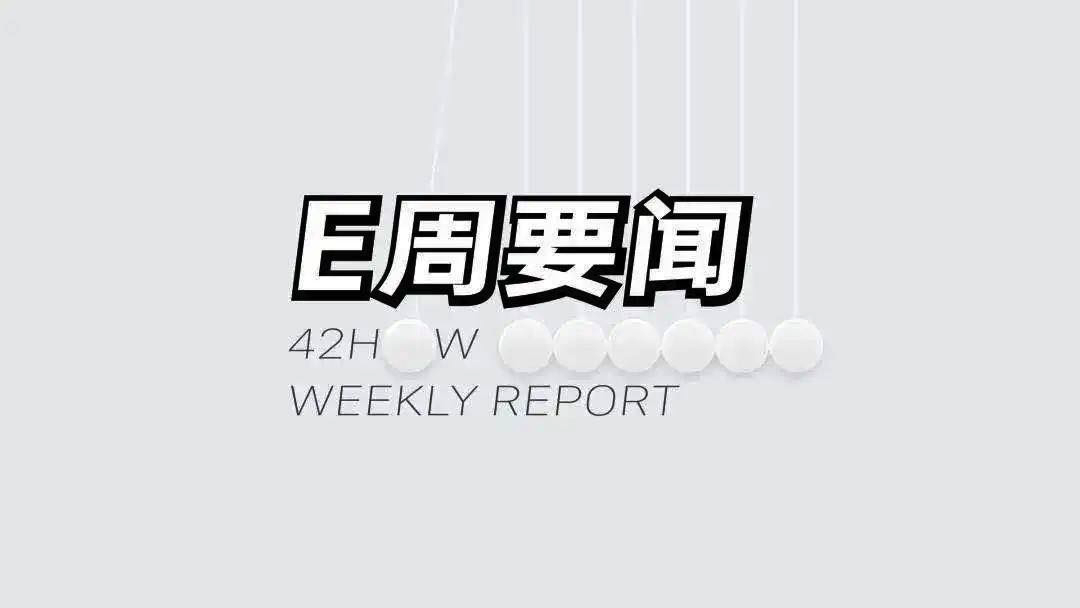Weekly Index
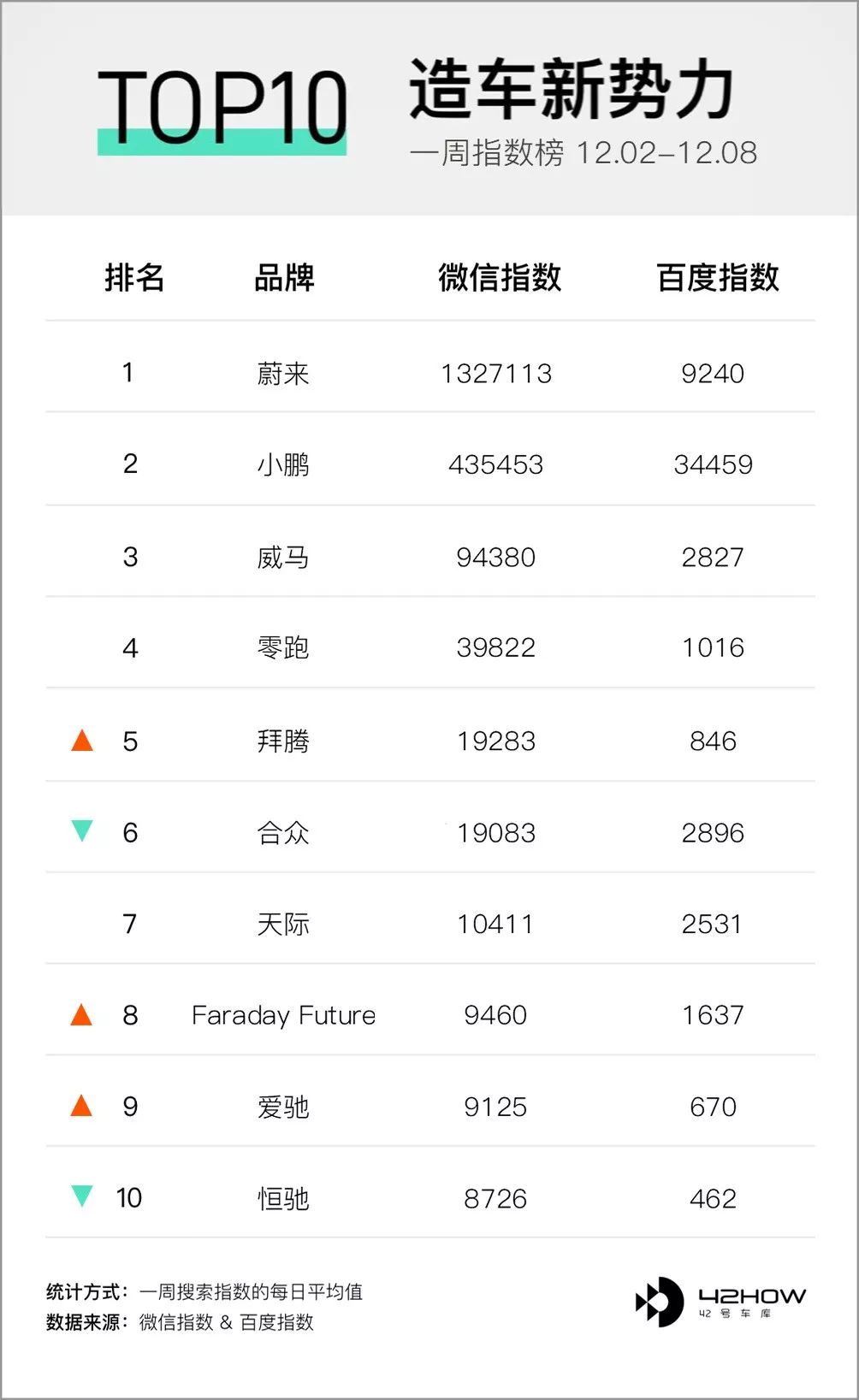
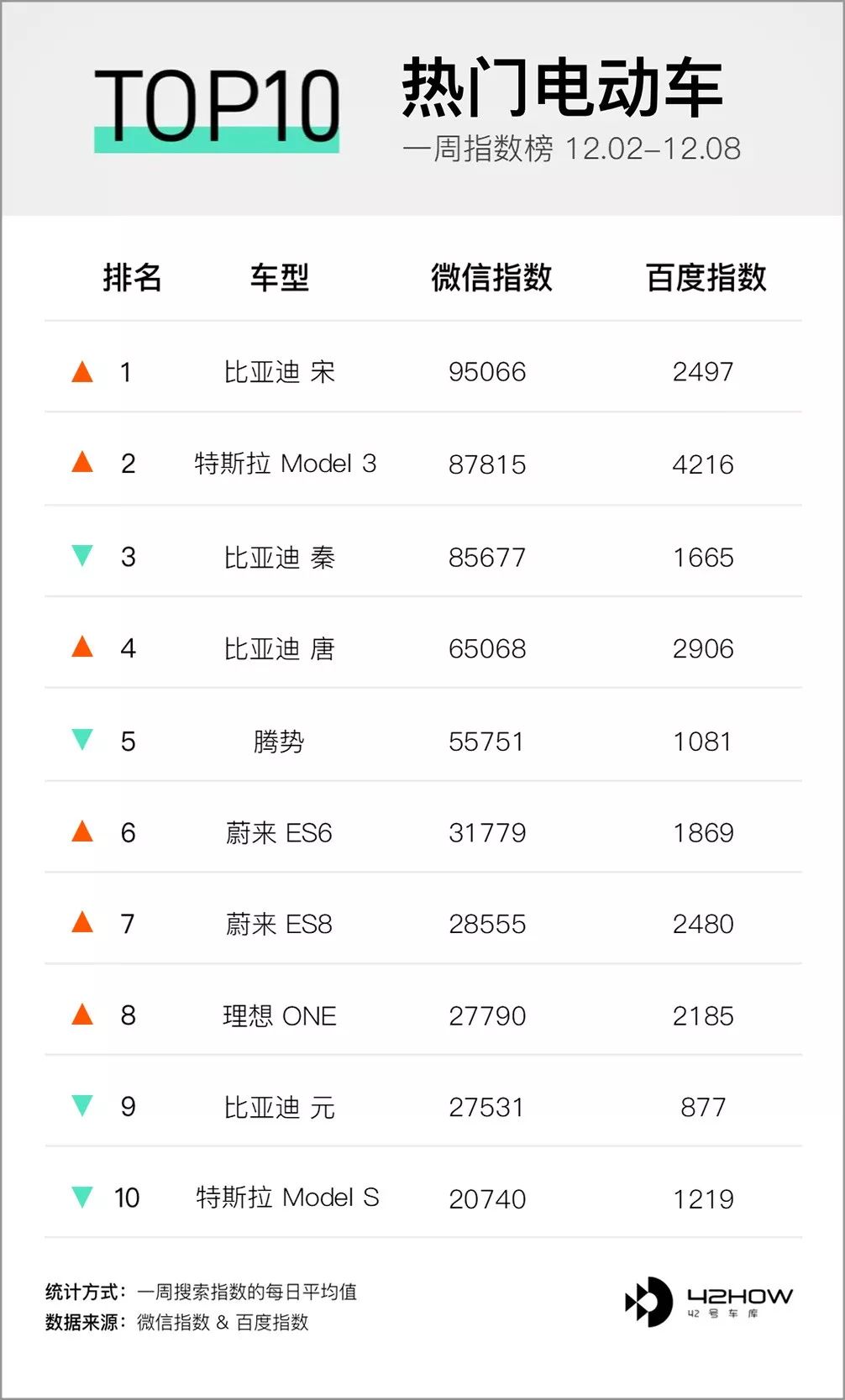
Weekly News
Domestic Model 3 Made the Last Delivery Before the Subsidy Ends
On December 6, MIIT released the 11th batch of “Recommended Models for the Promotion and Application of New Energy Vehicles” for 2019.

The directory shows that the Model 3 manufactured by Tesla (Shanghai) Co., Ltd. is also on the list. According to the 2019 subsidy policy, the domestic Model 3 will receive a subsidy of about 24,750 yuan. Thus, made-in-China Tesla has successfully achieved the same treatment as domestic automakers: exemption from purchase tax and new energy subsidies. However, the national subsidy policy for new energy vehicles will be phased out completely in 2020, and Model 3 can be said to have caught the last train of the policy.
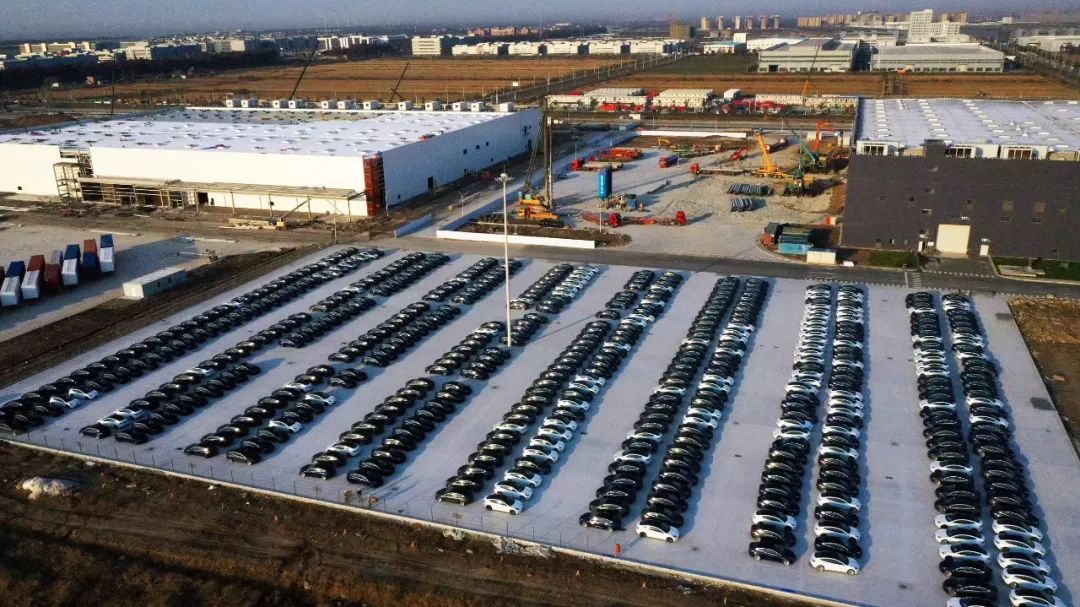
Comment: Tesla was forced to make another price cut: 355,800 yuan for the domestic Model 3, minus 24,750 yuan in new energy subsidies, what do you think? Is domestic Model 3 more attractive?
Regardless of how car owners see it, Tesla itself seems quite confident. As subsidy could be enjoyed, on December 7, the Tesla China management team collectively opened a Weibo account and interacted with netizens frequently. This move indicates that the level of localization operation in China by Tesla has once again been improved. The importance of sales performance in China to Tesla goes without saying.
General Motors and LG Chem Join Forces to Build a Supertank Factory
General Motors announced that LG Chem will team up to mass-produce battery cells for use in the company’s future electric vehicle products. The two sides will jointly invest $2.3 billion to set up a new joint venture, and each hold 50% of the shares. The new battery plant will have an annual production capacity of more than 30GWh and can flexibly expand production according to demand.
Quick Comment: In the past two years, traditional car giants have all started their transformation towards electrification, but compared to Volkswagen, Mercedes-Benz, and others, General Motors’ electrification strategy always seems to lag behind.
As we all know, the biggest cost of electric vehicles is the battery. Mark Reuss, CEO of General Motors, said that battery pack costs must be reduced to $100/kWh for electric vehicles to be profitable. In addition, he also stated that General Motors will sell electric vehicles at the average market price and still achieve profitability. The massive investment with LG Chem to build a battery factory can effectively reduce the cost of batteries and ensure the stability of the battery supply.
General Motors previously stated that it plans to sell 20 pure electric vehicles globally by 2023. By 2025, all models under the Buick, Chevrolet, and Cadillac brands in China will be electrified. Obviously, General Motors is not just talking.
NIO ES6 Reaches the 10,000th Milestone, Li Bin: All Display Cars Are Sold Out
On December 5th, the 10,000th NIO ES6 officially rolled off the assembly line. According to official NIO data, after the ES6 was officially released in June this year, its delivery volume has steadily increased. In November, 2,528 vehicles were delivered, and a total of 8,896 vehicles were delivered this year.
In response to the market’s criticism that the sales volume is not high enough, NIO CEO Li Bin said: the current low sales figures are not because of poor sales but because we haven’t produced that many. We produce according to demand, and now the waiting time for ordering at least one month and all display cars are sold out.
Quick Comment: As an independent brand with an average product price of around 400,000 RMB, NIO has started to return to the right track from the negative situation not long ago, with stable sales growth and even a situation of one car is hard to get. However, with selling only more than 2,000 vehicles a month, it is still not enough for NIO, so whether the new cars to be released on NIO Day this year can bring more sales is crucial for NIO.
LI ONE Officially Starts Delivery
On December 4th, the official Weibo account of Li Auto announced that the founder of LI ONE, Han Han, a famous author, racing driver, and director, has received LI One. The delivery to the owner of car number “001” means that the delivery of the mass production version of LI One has officially begun.The Ideal promised that due to the impact of transportation distances to various delivery centers across the country, the specific delivery time of each delivery center may vary. However, it pledged to ensure that the owners who are expected to receive their cars in December will receive their cars on time.
SK Innovation Completes The Construction Of 49 billion yuan Electric Vehicle Battery New Factory In China
On December 6th, SK Innovation announced through the media that its lithium battery factory in Changzhou, Jiangsu Province, China, targeting electric vehicles has been completed. The factory has an investment of KRW 820 billion (approximately RMB 4.9 billion).
SK Innovation is a veteran battery manufacturer that began providing batteries for Mercedes-AMG’s first electric vehicle SLS AMG E-Cell as early as 2012. In 2018, SK Innovation defeated LG Chem and won a contract worth billions of dollars to provide power batteries for vehicles sold by Volkswagen in the United States. The new factory in Changzhou will mainly supply batteries to Beiqi and is expected to produce batteries for up to 150,000 vehicles per year from the first half of 2020.
Jaguar I-Pace Achieves 8% Increase In Endurance Through Offline Updates
Following the Audi e-tron, another veteran automaker has increased its vehicle endurance through software updates. However, it’s not an OTA update but an offline store update mode.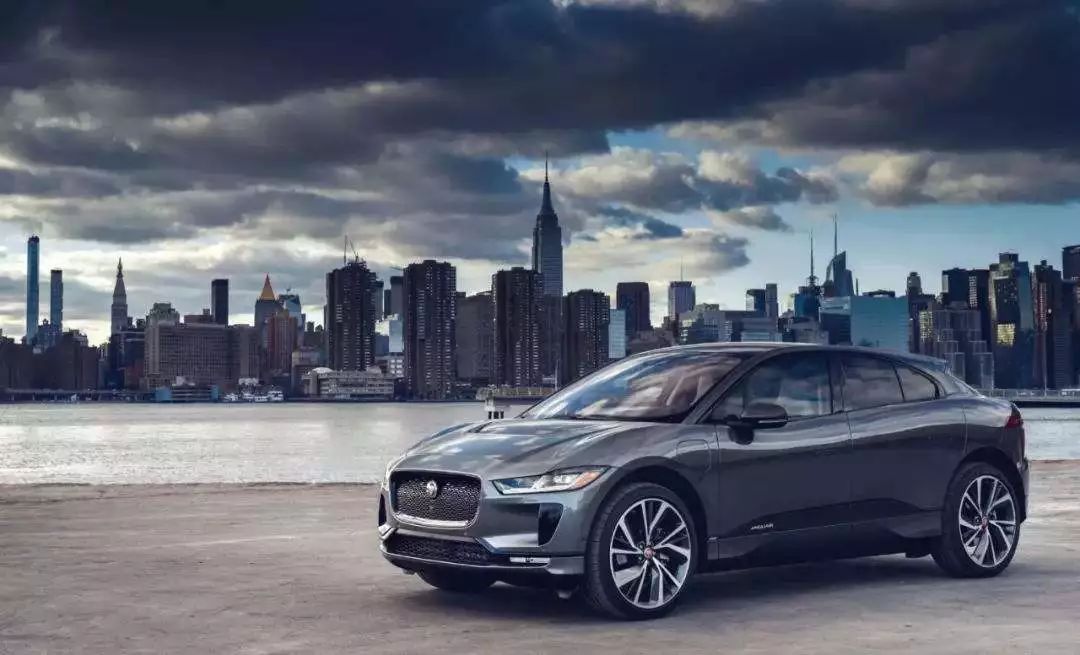
On December 6, I-Pace owners received an email from Jaguar, stating that in the new version of software update, Jaguar has optimized the torque distribution and driving efficiency of the four wheels in ECO mode, while the active grille will close more frequently without affecting the cooling, so as to reduce the wind resistance of the vehicle.
The optimized result is that the EPA score of I-Pace has increased by 8%, from 234 miles to 253 miles. In addition, Jaguar has also improved the driving ability of the battery in low charge condition. Jaguar will also update the instrument display interface.
Quick comment: Although I-Pace did not achieve a particularly amazing result (after all, Jaguar did not have high sales), Jaguar still attaches great importance to this car internally. In November, it even reached 9% of the single model share within Jaguar Group. As Jaguar’s first attempt at pure electric vehicles, it has achieved good response in Europe and the United States. Therefore, it is natural for Jaguar to improve the user experience through software updates.


- Tesla Super Mobile Charging Station Exposure; Beam Car Project Launches, MINI Electric Car is Coming | E Weekly News* Porsche Taycan delivery delayed; Ideal ONE officially in production | E Weekly News
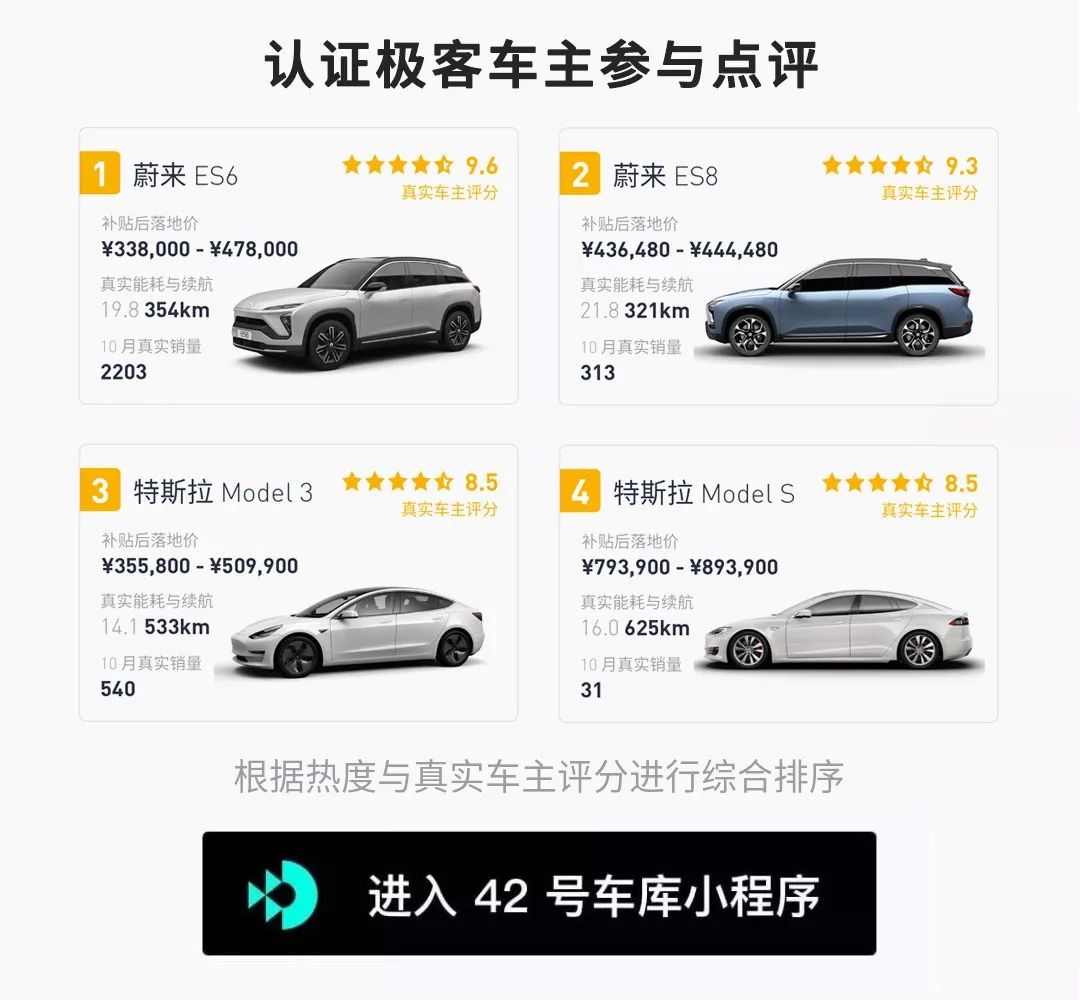
This article is a translation by ChatGPT of a Chinese report from 42HOW. If you have any questions about it, please email bd@42how.com.
